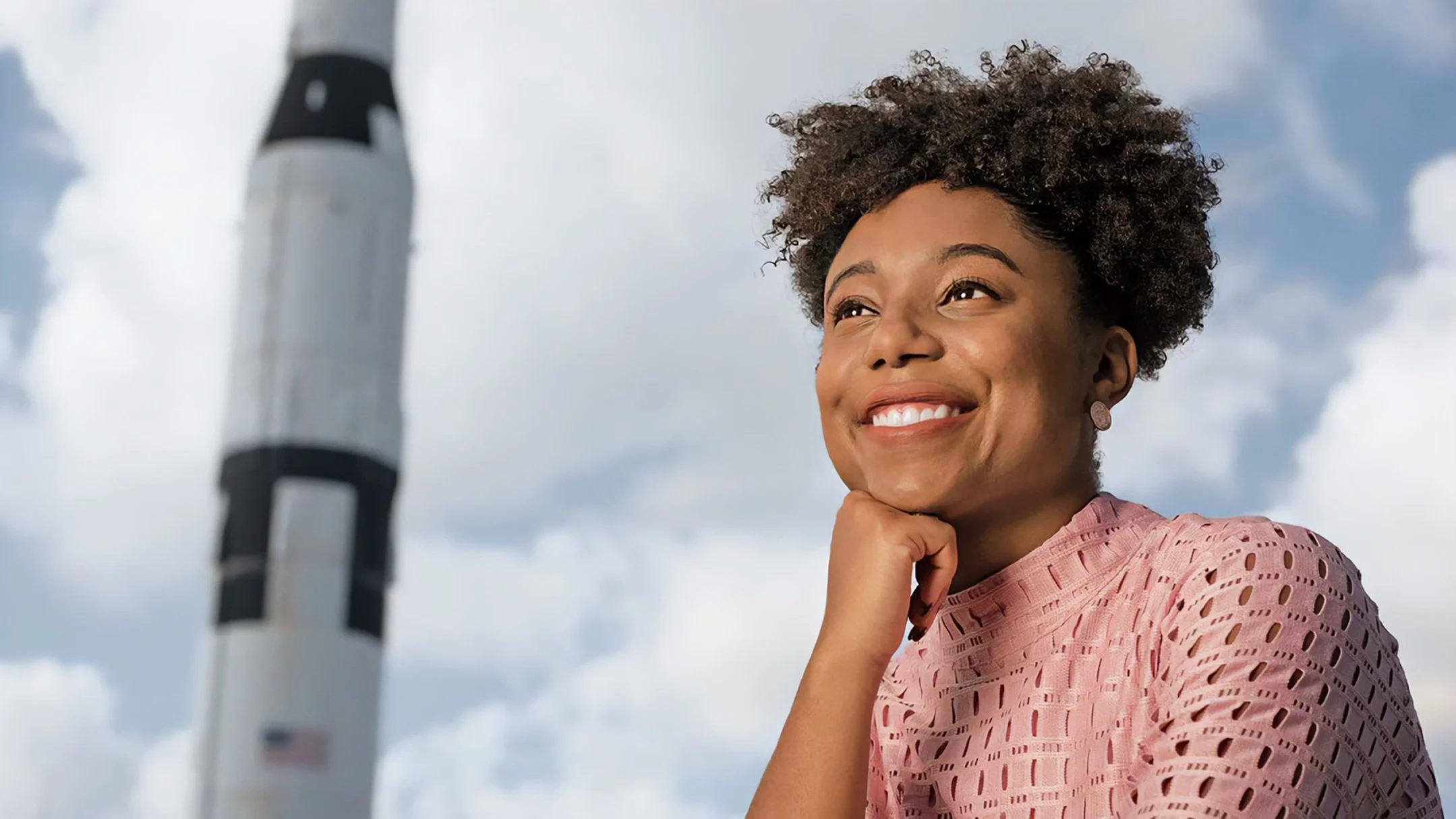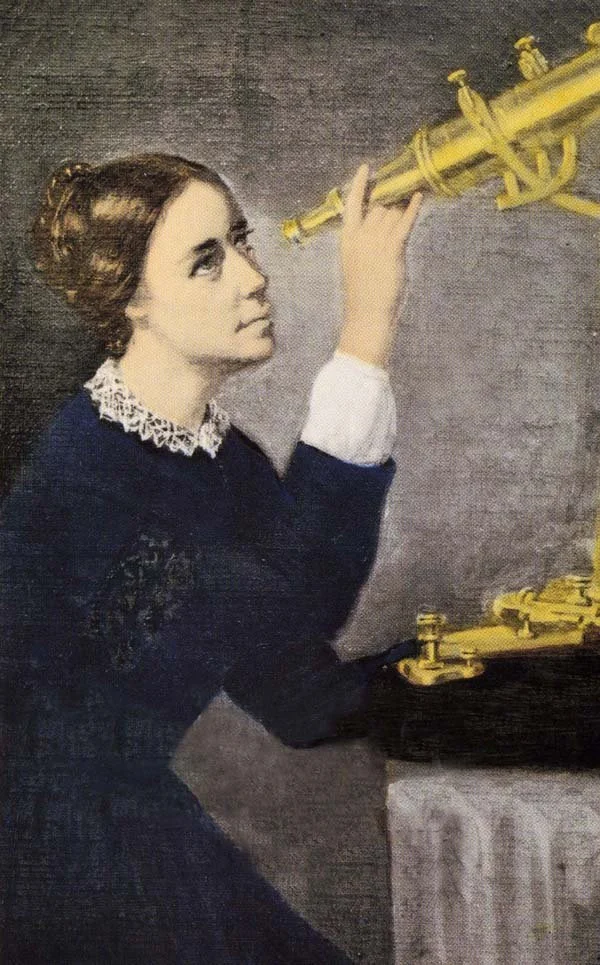Five Inspiring Women in STEM You Should Know
Many women are pioneering in Science, Technology, Engineering, and Mathematics (STEM). Many people are most likely familiar with Marie Curie, Rosalind Franklin, and Florence Nightingale. While they made a lasting impact on today’s society, there are more ingenious women in STEM history you also need to know. That’s why we’ve created a list of five inspiring women from different fields and times to acknowledge their work and contributions to today’s world.
Tiera Guinn Fletcher (1997 - Present)
Aerospace Engineer
Photo source: MIT Technology Review
Tiera Guinn Fletcher is the wonder woman of rocket science. As young as six, Tiera was interested in innovation and calculation. Her mother, an accountant, and her father, a construction worker, fostered her fascination with Mathematics and Science. Legos, construction blocks, and art materials helped her turn the ideas in her imagination into reality.
Fuelled by her passions and creativity, she applied to MIT and studied in their Aerospace Engineering program. At the age 22, she is already working as a Rocket Structural Design and Analysis Engineer for NASA’s Space Launch System (SLS). The rocket provides a foundation for human exploration beyond the Earth’s orbit. It can transport Orion, astronauts, and cargo to the Moon in a single mission.
Tiera has paved the way for more women, particularly women of color, to hold leadership positions in space programs.
Marie Van Brittan Brown (1922 - 1999)
Nurse and Innovator
Photo source: All That's Interesting
Marie Van Brittan Brown was an African American Inventor who developed the closed-circuit television (CCTV) security system, which paved the way for modern home security systems used today. Before becoming an Inventor, Marie began her career working as a nurse. Her husband had unpredictable work hours, leaving her alone at home most of the time. Fearing for her safety, Marie devised a system to see who was at her door if she heard knocking.
Along with her husband’s assistance, who was an Electronics Technician, they created the security system. It consisted of four peepholes, a television monitor, a sliding camera, and two-way microphones, forming a circuit television system. In addition, they developed a remote control that allowed the door to open at a safer distance and an emergency button that alerted the police.
In 1969, Marie and her husband received a patent for their work. It was recognized in The New York Times and received a distinction from the National Scientists Committee. Marie’s invention remains relevant and widely used, especially in areas requiring high security.
Dorothy Crowfoot Hodgkin (1910 - 1994)
Chemist
Photo source: Nobel Prize
Dorothy Crowfoot Hodgkin was a curious child. When she was 14, she found a shiny black mineral in the yard while visiting her parents in North Africa. Enthralled by its appearance, she asked a family friend, Soil Scientist A.F. Joseph, to analyze the mineral. He encouraged Dorothy to pursue her interests by gifting her a box of minerals. At age 16, she received another present that would impact her life path: A book about using X-rays to analyze crystals.
Determined to pursue a STEM career, Dorothy enrolled at Oxford University and studied Chemistry to satisfy her interest in Crystallography. In 1964, she was awarded a Nobel Prize in Chemistry for her determination by X-ray techniques of the structures of penicillin, insulin, and vitamin B12.
Dorothy’s work has inspired young girls to pursue male-dominated STEM fields. She broke down barriers between young boys and girls in science, welcoming any gender to work freely in science labs.
Maria Mitchell (1818 - 1889)
Astronomer, Librarian, Naturalist, and Educator
Photo source: Scientific Women
Maria Mitchell discovered the comet formally designated C/1847/T1, later known as “Miss Mitchell's Comet.” She is the first female Astronomer in the United States and the first American Scientist to discover a comet. Her father was an Astronomer and Educator. She spent most of her days reading and nights at the observatory learning with him.
After discovering the comet with a two-inch telescope in 1847, she received a gold medal from King Frederick VI of Denmark. She was the first woman elected to the American Academy of Arts and Sciences.
Maria was an early advocate for Science and Math education for girls. She defied social gender norms by having her female students attend class at night for celestial observation. The Academic Men of Science journal included three of her mentees in 1906, after traditionally only featuring men.
Maria Gaetana Agnesi (1718 - 1799)
Mathematician, Philosopher, and Theologian
Photo source: Though. Co
Maria Gaetana Agnesi excelled in the field of math and philosophy. Her father, Pietro Angesi, a Math Professor at the University of Bologna inspired her. Maria was recognized as a child prodigy and spoke seven languages. She delivered an hour-long speech in Latin about a woman’s right to obtain her education.
In 1748, Maria published Analytical Institutions for the Use of Italian Youth. It included Algebra, Analysis, and Calculus. Pope Benedict XIV appointed her as a Professor of Mathematics at the University of Bologna. She pursued her long-held ambition of studying Theology. She also created a makeshift hospital at her home to help the sick.
Aside from their exceptional work, these women created a clear path for young girls who want to pursue a STEM career. They all believed their knowledge and confidence helped them to excel.
Among our list, who inspires you the most?





